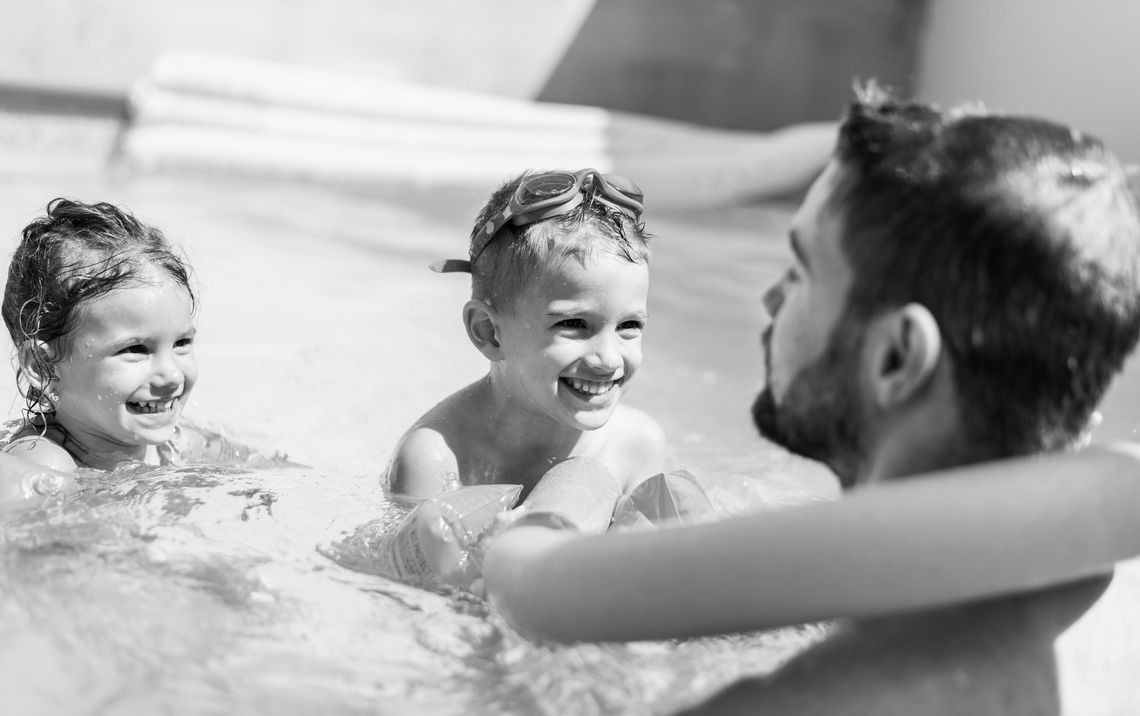Water safety is crucial whether you’re swimming in a pool, a lake, the ocean or simply spending time near any body of water. According to the National Drowning Prevention Alliance (NDPA), 70% of child drowning happens during non-swimming times. It is important to have safeguards in place for unexpected moments and emergencies.
TFI’s Chief Program Officer, Rachelle Roosevelt states, “As parents and caregivers, keeping a watchful eye is the greatest gift we can give to keep children safe around water. Every moment of attention, every reminder and every quick check can make the difference between a fun day and a preventable tragedy. Their safety is in our hands—and it’s worth every effort.”
TFI offers safeguards to protect you and your family.
Fence the Pool Area: A pool fence is the first layer of protection needed to prevent unintentional drowning incidents and secures the area against unsupervised access to water, particularly for children and pets.
Regular Equipment Checks: It’s crucial to check your pool equipment regularly, like ladders, diving boards, slides, fencing, netting and more. A faulty step or loose bolt can lead to accidents that can be prevented with routine inspections.
Display and Enforce Pool Rules: Whether a residential or community facility, displaying pool rules is vital. No running, pushing, no swimming alone or diving in shallow ends – these standard rules can help prevent most pool-related accidents.
Designate a Water Watcher: Even the most experienced swimmers can face difficulties, that’s why constant supervision is a must. Adults should be actively watching kids in the water and around the water and be ready to step in immediately. Drowning is fast and silent, so this should be a direct responsibility for someone. If everyone is watching, no one is watching.
Conduct a swim test: Conducting a swimming test is a great way to identify weak and non-swimmers. For those swimmers, parents should be in the water with them at all times practicing touch supervision (being close enough to reach out to touch the child.)
CPR and First Aid Training: Learning CPR with rescue breaths is critical if an aquatic emergency occurs. Have a well-stocked first aid kit accessible and consider taking a first aid course to deal with minor injuries like cuts or bruises.
Proper Lighting: If your pool party stretches into the evening, ensure your pool area is well-lit, both in and out of the water. Good lighting can prevent accidents and help in spotting a person in distress.
Regular Hydration: Provide plenty of water for your children and guests and encourage regular hydration breaks, especially for those active in the water.
Pool Safety Education: Awareness is key to prevention, whether it’s a quick briefing before the party or a formal education session with your kids. You can start by downloading the NDPA Pool Safety Checklist.
Water safety and pool parties go hand in hand. Keep these tips in mind to create a safe and enjoyable environment.







